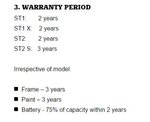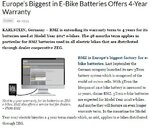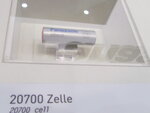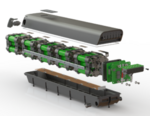PTFC Brian
New Member
Hello Ravi, thanks for your response!Hi Brian,
There are few minor differences in the CYRO drive vs SYNO drive. First, the thru-axle system is little different and 2nd, the way power cable exits the motor is also different.
Even though the top speed is similar ~28mph, SYNO drive has little more Copper mass and hence gets upto speed quicker. I don't pictures for the internals of the motor but since the platform is same, it wouldn't look much different.
If you get the 814 Whr battery, upgrade the lights to Supernova and upgrade the grips/pedals you will have ~85% ST2 at a much nicer price point.
Glad to hear that the motors very similar, with the removal of the controller the bike is much more balanced, and the heat dissipation is greatly improved from the ST1 (I also have an St1 elite). I purchased the ST1x with the 814wh battery, and will be installing a Supernova fixture if it's compatible.
You are researching a great field of study, and at a very good time in history. I also have an EV, and I closely watch the changing technology. I'd love to hear your thoughts regarding battery tech! Maybe that's for another discussion, but the recent articles from Dr Goodenough's work on solid-state glass electrolyte battery could be the next evolution of energy storage. I hope it is, and it would trickle down to eBikes as well.





